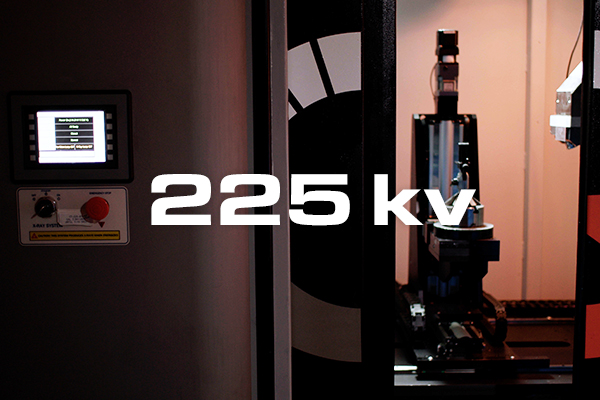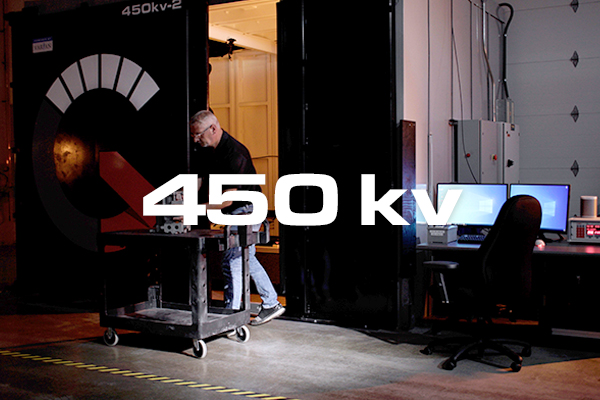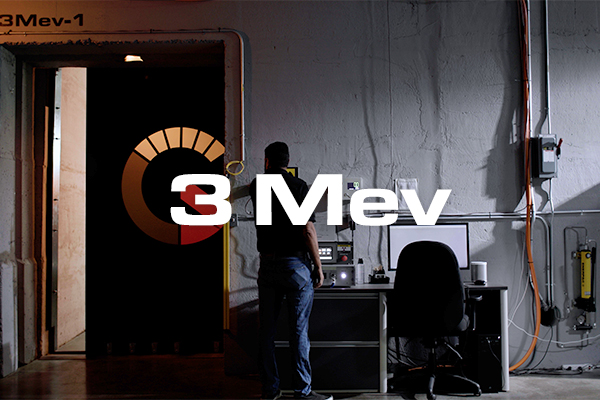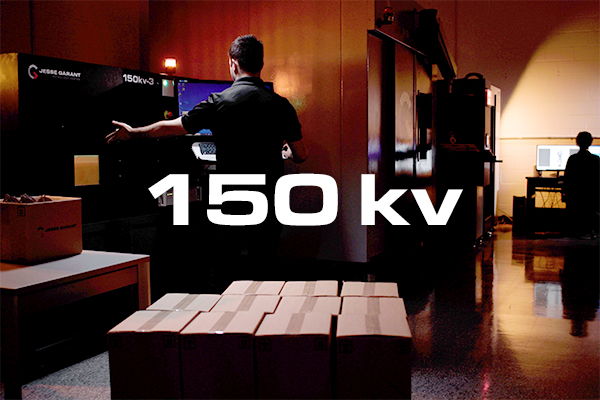Reverse Engineering - CT Scanning Services
Internal Part Data
We help companies capture internal part geometry using our reverse engineering
CT scanning services
REVERSE ENGINEERING
Most of our clients identify internal imaging with a personal experience in the medical industry. However, contrary to popular belief our CAT Scan services are found to be highly beneficial for inspection and data capturing of industrial parts and assemblies.
Our advanced Industrial (Computed Tomography) CT Scanning services are able to aid manufacturers with capturing difficult to measure part features. These CT Scan datasets can also be used for reverse engineering and simulations as they contain dimensionally accurate external and internal part data




REVERSE ENGINEERING
CT SCANNING SERVICES
After a part has been CT scanned, internal and external data is extracted from the results. The primary output is an intermediary CAD file in point cloud/polygon format.
BENEFITS
With the reverse engineering of all part features, you can:
- Export a STL file into your to your CAD system for further translation to STEP or SOLID files.
- Use these CAD models to:
- Generate CAD models for archiving old parts where no CAD information or only 2D drawings are available.
- Input dimensionally actual part data containing internal part features and physical defects into various manufacturing simulation software
- Update models of parts or tools that look different than their master CAD models.
- Enable machining or 3D printing systems to subtractively or additively complete the manufacturing operation
Need more info on reverse engineering?
Review our knowledge section below.
Overview
The concept of reverse engineering has long been embedded in our history, from applications during periods of war to copy hardware and software. For example, Germans seized an American bazooka and reverse engineered it to develop a superior weapon during World War II: Panzerschreck. Although reverse engineering applications may have been complex and time consuming in the past, recent technologies such as Industrial Computed Tomography (CT) and 3D Scanning have provided the ability to quickly reverse engineer with ease, and accuracy.
What is Reverse Engineering
According to Webster dictionary, the process is the study of parts of something to see how it was made and how it works so that you can make something like it. It is the process of disassembling and examining or analyzing in detail (a part or device) to discover the concepts involved in manufacture, usually in order to produce something similar. In essence, reverse engineering is the procedure of taking apart an object to understand the function, structure, design and material properties in order to duplicate, improve or simply document a part.
When is Reverse Engineering Necessary?
Internal part data may be necessary during pre-production stages of a part, during production or failure investigation. Listed below are a few of the main reasons and applications of:
– If a manufacturer of a certain component no longer develops that part or has gone out of business, reverse engineering can be applied to retrieve part data in CAD form, in order to manufacture the component or to archive the part data.
– Be applicable if the archived documentation of part is inaccurate or has been lost.
– When a part which requires adjustment in some form or features, the application can allow manipulation of the part to reflect new and improved design.
– Implementation of a new method of manufacturing, the application can be helpful in retrieving useful information to improve product design and determine feasibility of manufacturing method.
– Provide in-depth part data to analyze and update weak features of the part or strengthen durable features.
– When analyzing competitor strengths, part features, structure, design and resilience of part in order to understand competitors’ products.
What are Some of the Benefits?
Reverse engineering allows users to understand a part in its entirety. This allows for several benefits:
1) Allows users to evaluate manufacturing method and its practicality, and implement news ways of developing part with current technologies to save cost and time
2) Allows users to archive invaluable part data for outdated parts, current parts and provides outlet for exploring future designs
3) Plays a significant role in research and development as a learning tool
4) Provide leverage in understanding competitor products
5) Provide instrumental insight on part failures, and reassurance of part design during pre-production stages of manufacturing cycle

